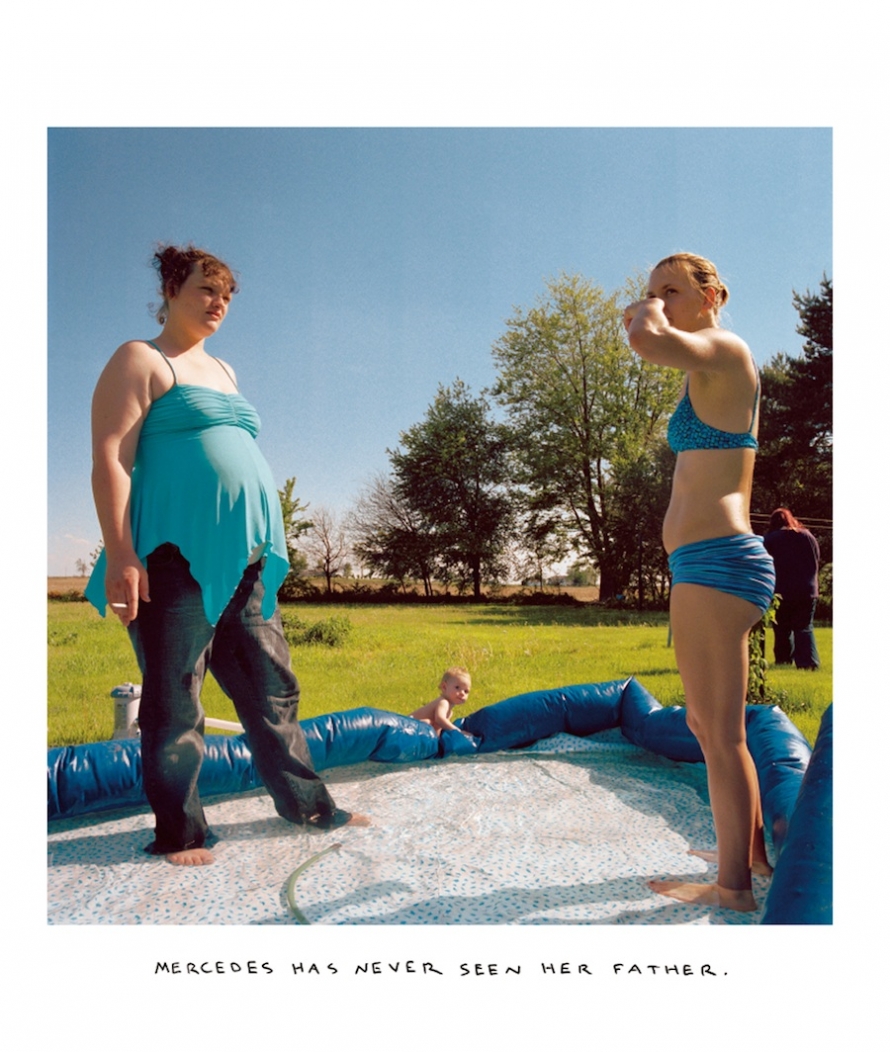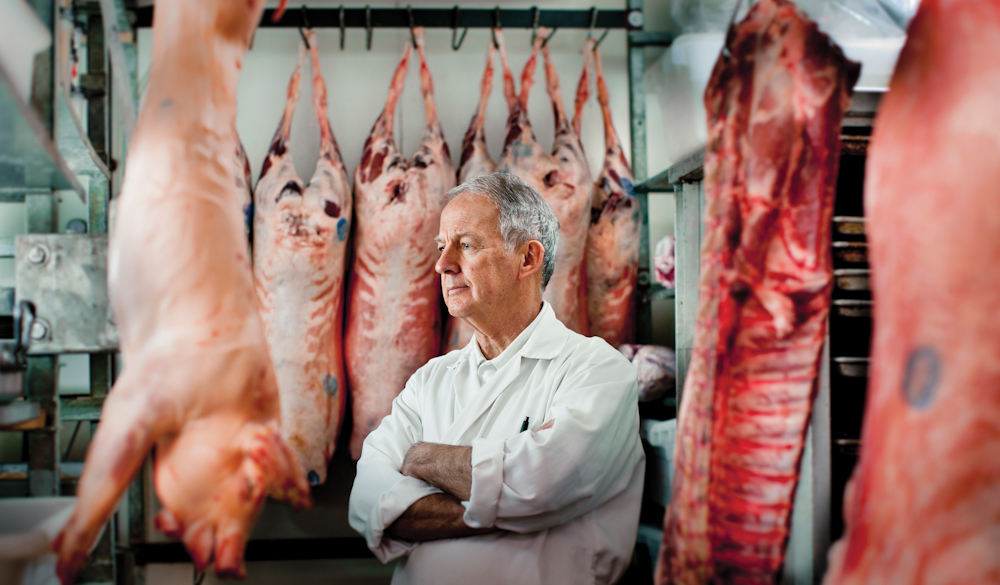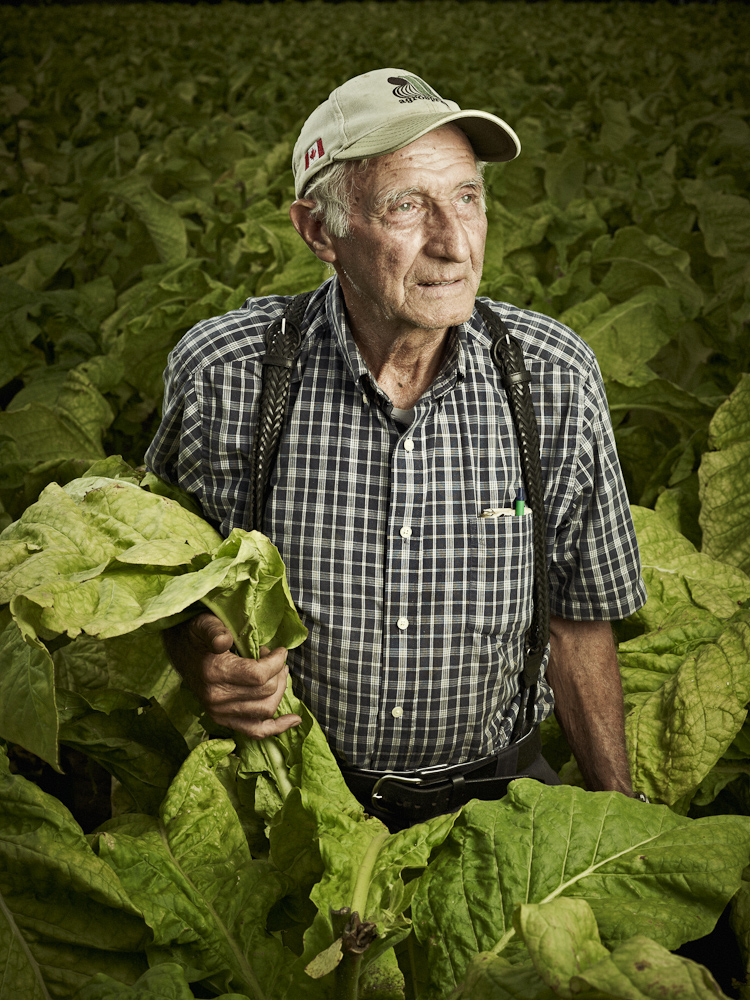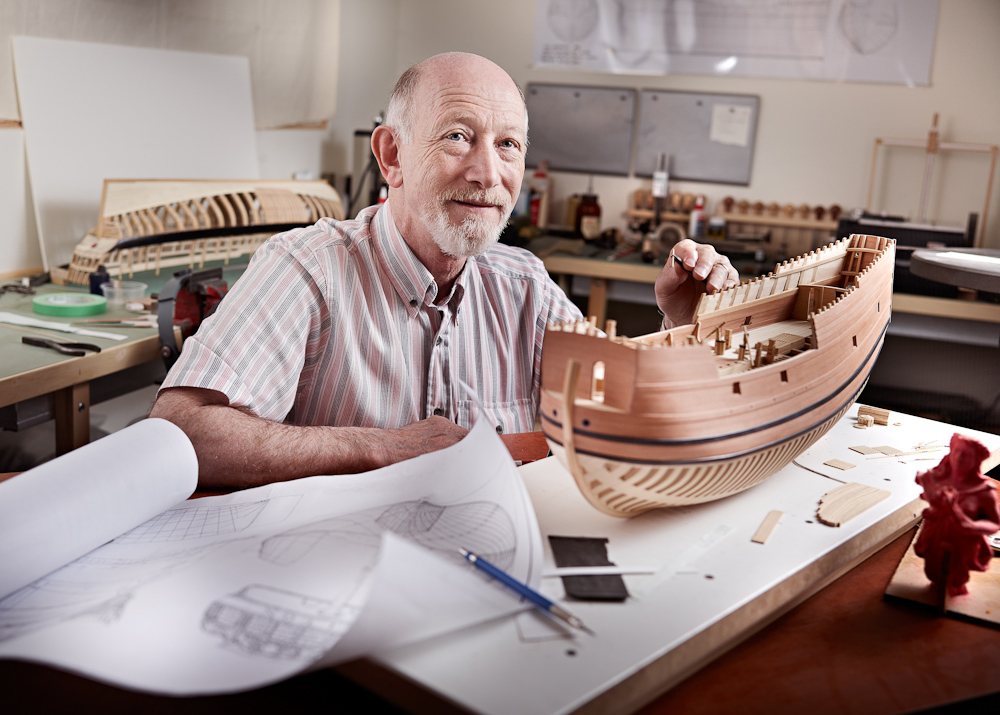PERSONAL INVESTIGATION
You must produce a coherent body of work that demonstrates your knowledge and understanding of both practical and theoretical issues in contemporary photography and lens-based media. You can explore your ideas across different media from stills-photography, moving image to installation adopting an interdisciplinary approach to image-making by making references to other subjects that you may study or have an interest in, such as English Literature, Psychology, Philosophy, History, Media, Art or Science.
The aim of your Personal Investigation is to critically investigate, question and challenge a particular style, area or work by artists/ photographer(s) which will inform and develop your own visual language and emerging practice as a student of photography. The unit is designed for you to expand your interest, knowledge, skills and understanding of photography, and consider what makes your work special and personal to you!
We began exploring the themes of FAMILY or ENVIRONMENT in June when Tanja Deman and Jonny Briggs delivered a series of workshops to inspire you with new ways of thinking and making.
There is 7 weeks to complete your Personal Investigation and produce a number of quality final outcomes, prints, video, installations that will be submitted for the exhibition, Constructed Narratives at the Jersey Arts Centre 27 Nov. Tanja, Jonny and Gareth Syvret will be curating and making the final selection of work to be exhibited.
Now it is time for you to consider which theme you want to explore in depth, how you will do it and why?
DEADLINE WED 22 NOV
The options are for you to continue to explore FAMILY or decide to focus on ENVIRONMENT, or a combination of both – if possible.
– If you choose to continue with the theme of FAMILY – find new inspirations and starting points here
– The focus this academic year is to develop your skills as Visual Storytellers across different genres such as documentary photography and tableaux photography examining ways that photographers use a variety of narrative and reflective techniques associated with photojournalism and contemporary photographic practice. See here for inspirations from previous students Personal Study where subjects such as Family and Environment were explored.
If you choose ENVIRONMENT we want you to use this past exam paper as starting point for your creative journey. In addition, we have put together other exciting and creative starting points for you to choose as inspirations for your continued work. You should approach this as a MOCK exam where you now have 7 weeks to complete a project.
Link to other creative starting points on the theme of ENVIRONMENT
Exam Paper: A2 paper 2017 Environment_reduced
Contextual References: Contextual References booklet 2017 A2
HOW TO BEGIN: Read the Exam Paper and Contextual References booklet thoroughly, especially pages 2-4 and page 7 which details specific starting points and approaches to the exam theme – make notes! Brainstorm your idea and research artists listed – look also at starting points in other disciplines e.g. Fine Art and Graphic Communication etc. Begin to gather further information, collect images, make a mood-board and mind-map, make plans and write a specification, start to take pictures and make a response to initial research. You must show evidence of the above on your blog– complete at least 4-5 blog posts.
PLANNER – TRACKING: This unit requires you to produce an appropriate number of blog posts that charts charts you project from from conception to completion and must show evidence of:
- Research and exploration of your ideas
- Recorded your experiences and observations
- Analysis and interpretation of things seen, imagined or remembered
- Experimentation with materials, processes and techniques
- Select, evaluate and develop ideas further through sustained investigation
- Show connections between your work and that of other artists/ photographers
| Each week you are required to make a photographic response (still-images and/or moving image) that relates to the research and work that you explored in that week. Sustained investigations means taking a lot of time and effort to produce the best you can possibly do – reviewing, modifying and refining your idea and taking more pictures to build up a strong body of work with a clear sense of purpose and direction |

Fill in the above 8 Week Planner by Fri 13 Oct.
Use PLANNING-TRACKING-PERSONAL INVESTIGATION-AUTUMN-TERM for a full overview of what you are required to do in the next 8 weeks. You are required to self-monitor your progress and will be asked to upload Tracking-Sheet with an update on a weekly basis to your blog.
To achieve a top marks we need to see a coherent progression of quality work from start to finish following these steps:
RESEARCH > ANALYSIS > PLANNING > RECORDING > DEVELOPING > EXPERIMENTING > PRESENTING > EVALUATING
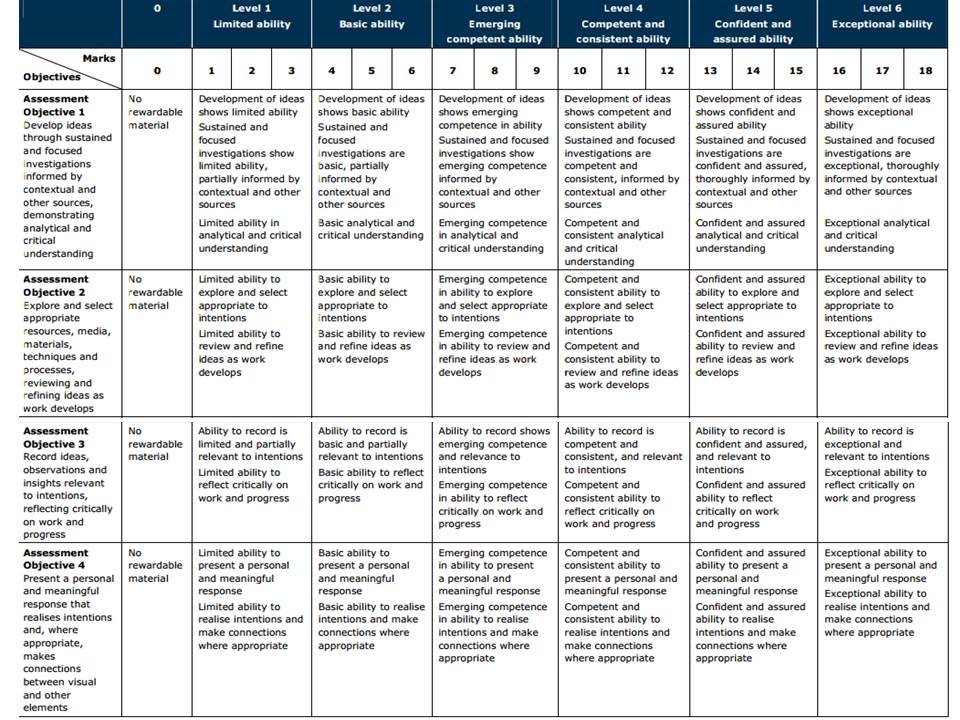
TASKS: Make blog posts with evidence of the following:
REVIEW > REFLECTION
1. Produce a blog post that reflects on your work you have produced so far, including workshops by Tanja and Jonny. Describe which themes, artists, approaches, skills and photographic processes inspired you the most and why. Provide an overview of what you learned and include examples of previous work to illustrate your thinking.
RESEARCH > ANALYSIS
2. Gather as many visual inspirations as possible that may help you to develop your response to your chosen theme. Look at a range of visual material – photographs, films, paintings, drawings, design etc that provide some inspiration for you in the way you want to develop your idea. Make a mood-board and a mind-map and produce at least 4-5 blog posts that illustrate your thinking and understanding. Use pictures and annotation and make a photographic response to initial research!
3. Artists references: Select at least two new photographers and write a thoughtful analysis of each artists and consider how their work is referencing your chosen theme(s) and ideas. Discuss the subject-matter, content, concept, context, construction, composition, camera, then compare, contrast and critique.
Ask yourself: What? Why? How?
- Produce a mood board with a selection of images.
- Provide analysis of their work and explain why you have chosen them and how it relates to your idea and the theme of FAMILY
- Select at least 2 key images and analyse in depth, FORM (describe what you see, composition, use of light etc), MEANING (interpretation, subject-matter, what is the photographer trying to communicate), JUDGEMENT (evaluation, how good is it?), CONTEXT (history and theory of art/ photography/ visual culture,link to other’s work/ideas/concept)
- Incorporate quotes and comments from artist themselves or others (art critics, art historians, curators, writers, journalists etc) using a variety of sources such as Youtube, online articles, reviews, text, books etc.
- reference sources and embed links to the above sources in your blog post
- Make a photographic response to your research into the work of others.
Remember to MAKE YOUR BLOG POST VISUAL and include relevant links, podcasts, videos where possible.
Use this model of critical analysis for looking at images

PLANNING > RECORDING
4. Write a Specification: Finding your voice and unique way to tell a story. As a photographer you are always looking for photo-opportunities and for stories that only you can tell. Try and find a personal angle on a story which will make it unique and choose a subject you have access to and can photograph in depth. Write a specification with 2-3 ideas about what you are planning to do; how, who, when, where and why – based around the theme of Family or Environment and Illustrate with images/ examples.
5. In the next 3-4 weeks you need to plan and record at least 4-5 shoots and make around 250-400 photographs. If you need access to a place, visit family members or a group of people you may need to arrange appointments/ organise dates/times etc. Try and complete one photo-shoot per week. See below for more inspiration and guidelines.
mini-DEADLINE: 1st Photoshoot or photographic response to your project MUST be completed by Mon 16 Oct.
We will have a Masterclass on Mon 16 Octon how to use Lightroom and you must have unedited images ready for processing
Think about lighting, are you going to shoot outside in natural light or inside using studio lights? If portraiture, shoot both inside and outside to make informed choices and experimentation. Remember to try out a variety of shot sizes and angles, pay attention to composition, focusing, scale, perspective, rule of 1/3rds, foreground/ background and creative control of aperture (depth of field) and shutter speed (movement). Process images using Lightroom and select from these 15-20 work prints for further experimentation. Produce 2-3 blog posts from each shoot and analyse and evaluate your photos through annotation showing understanding of basic visual language using specialist terminology.
Half-term: You have one week off school and this is an ideal opportunity to make your final set of pictures, experiment, and make a final edit. Don’t waste this time!
DEVELOPING > EXPERIMENTING
6. Show development of your idea by reviewing, modifying and analysing your images and go out and take more pictures in the same or different location. Experiment with different processes and methods using Photoshop/ Lightroom appropriate to your intentions e.g. cropping, adjusting levels/ exposure, colour correction/ b/w, sepia/ monochrome, blending/ blurring, HDR, panoramic/ joiner, montage/ collage, text/ typology, borders/ frames. Produce at least 3-4 blog posts with pictures and use annotation to explain what you did and how you developed your idea further in a thoughtful and considered manner.
7. Be critical and selective when you edit your photographs. Do they benefit being part of a series or are they best if presented as a single photo? Think about sequence and relationship between images – does your series of images convey a sense of narrative (story) or are they repetitious. Annotate! Make sure you have tested and tried out different ways of presenting photographs e.g. window mounts, foam-boards, frames etc. Finish and refine studies and produce 2-3 blog posts with your final outcomes, including thoughts on how to present them and a final evaluation.
PRESENTING > EVALUATING
8. FINAL PRINTS: final outcomes must be ready for printing no later then end of your MOCK Exam .
Make sure you save your final images in a high-resolution, min 4000 pixles on the long edge and save them in your name into the relevant print folders here:
M:\Departments\Photography\Students\Image Transfer\PRINTING
Show evidence of how you intend to present and display your final prints in the exhibition – make mock up in Photoshop. You should be aiming for about 5-7 images that needs to be displayed as a cluster; for example, 2 x A3, 3 x A4 and 2 x A5. For some of you it might be better to display images as a set of diptychs (2 images) or a triptych (3 images). We will help you making this decision.
Mock Exam: One whole day in class
Mon 20 Nov: 13A
Tue: 21 Nov: 13E
Wed 22 Nov: 13D
9. BLOG: Go through all your blog posts and make sure that you have completed them all to your best ability, e.g. good use of images/ illustrations, annotation of processes/ techniques used, analysis/ evaluation of images and experimentation. Remember to MAKE YOUR BLOG POST VISUAL and include relevant, links, podcasts, videos where possible.
Write a final evaluation (250-500 words) that explain in some detail the following:
- how successfully you explored your idea and realised your intentions.
- links and inspiration between your final images and chosen theme(s) including artists references
- analysis of final prints/presentation in terms of composition, lighting, meaning, concept, subject, symbolism etc.
see example from previous student: Shannon O’Donnell
10. Statement: You must choose one image, a title and write a paragraph about your project and final set of images. We need these for the Gallery guide for the exhibition. You should be able to use some of what you wrote in your evaluation above.
See here for previous examples of artist statements gallery booklet
11. Mounting. Once the exhibition is finished (in January 2018) you will need to mount and present your final prints.
Your final outcomes must be presented in a thoughtful, careful and professional manner demonstrating skills in presenting work in either window mounts, picture frames, foam-board, and/ or submit moving image and video based production and upload as Youtube clip to the blog.
Make sure you label with name, candidate number, attach velcro and put in a BLACK folder.
























